Talk about a design idea of a B -side commodity system system
Author:Everyone is a product manager Time:2022.07.12
Editor: The B -side commodity system is used to meet the needs of the B -side platform. The author of this article shared the design ideas of the B -end commodity system, introduced the e -commerce platform, product profile, general platform product center analysis, and B -side e -commerce platform commodity center Related content of design ideas, let's learn together, I hope it will be helpful to you.
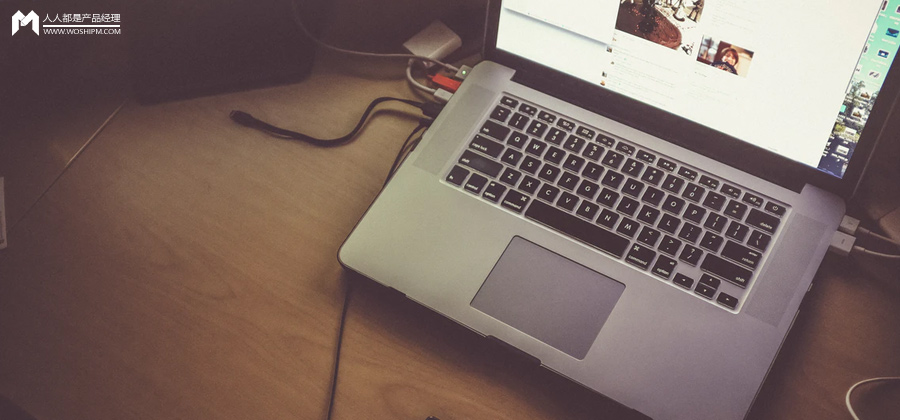
This article is mainly from the introduction of e -commerce platform products to detailed design ideas. It tells the process of the product center that meets the needs of the B -side platform.
1. Introduction to e -commerce platform
Platform means the platform (subject -subject) in English.
Use technology to link people with different people, different organizations, and resources to complete the exchange, such as WeChat platform.
Re -assign, with a new type of intermediate person. For example, the executives of the music industry in the past mainly rely on agents to find new talents. Now, they will look for good singers on YouTube, develop students to go to GitHub to find development, and look for video bloggers on Douyin.
Market aggregation has aggregated the scattered markets into a centralized market. For example, Alibaba has created a single platform for wholesalers around the world.
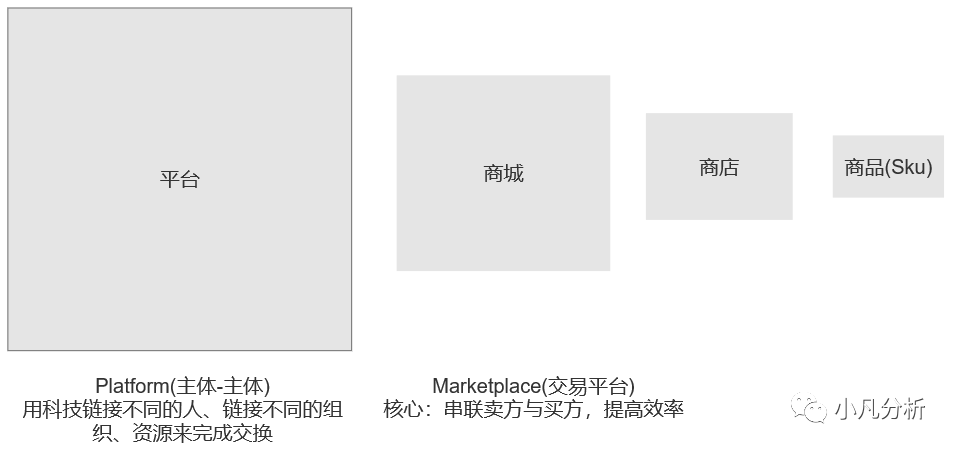
Separate assets from value. You don't have to buy a car as a tool for travel every day, but you can call a Didi special car to send you to work at any time.
The platform can naturally provide monopoly and taxes, that is, the various service fees of the platform, do not directly generate products, but can obtain the most profits.
In order to increase profits and reduce costs, we need to increase sales channels and product types, while increasing the renewal rate of the supply chain, and reducing the cost of supply chain. Essence
This explains why e -commerce companies have gradually developed into a platform (if they develop well), and at present, our company has also developed this step, so new product management methods are needed.
Introduction
In the supermarket, he is the minimum unit with price and surface description on the e -commerce platform. He is the smallest unit with price and specification parameters and a series of descriptions.


How to design the background from the information of the product can make the background design better meet the needs of user needs. Generally speaking, there are the following product information and the following parts:
Basic information of the product: including title, model, explanation and related parameters, etc.; Information about the specifications of the product; the price of the product, where the goods, and the amount of information left; the product label and other operating information. We designed the goods in China to better manage these product information.
3. Analysis of general platform -type commodity centers
Generally speaking, the platform e -commerce commodity center includes the following sub -modules:
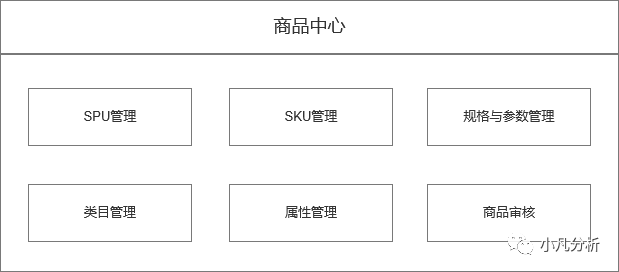
For example, the next description of the goods below:
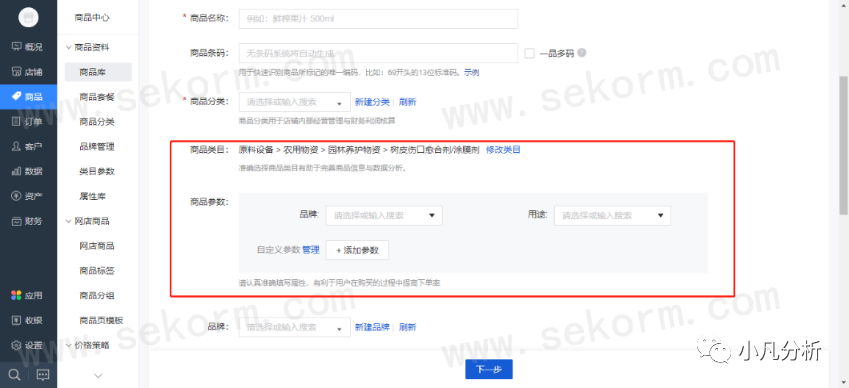


The path of the above-mentioned e-commerce platform commodity centers is similar, and the existing interaction path may be different. However, the E-R structure and product architecture at the bottom layer are comparable, and they can be roughly regarded as the following structure.
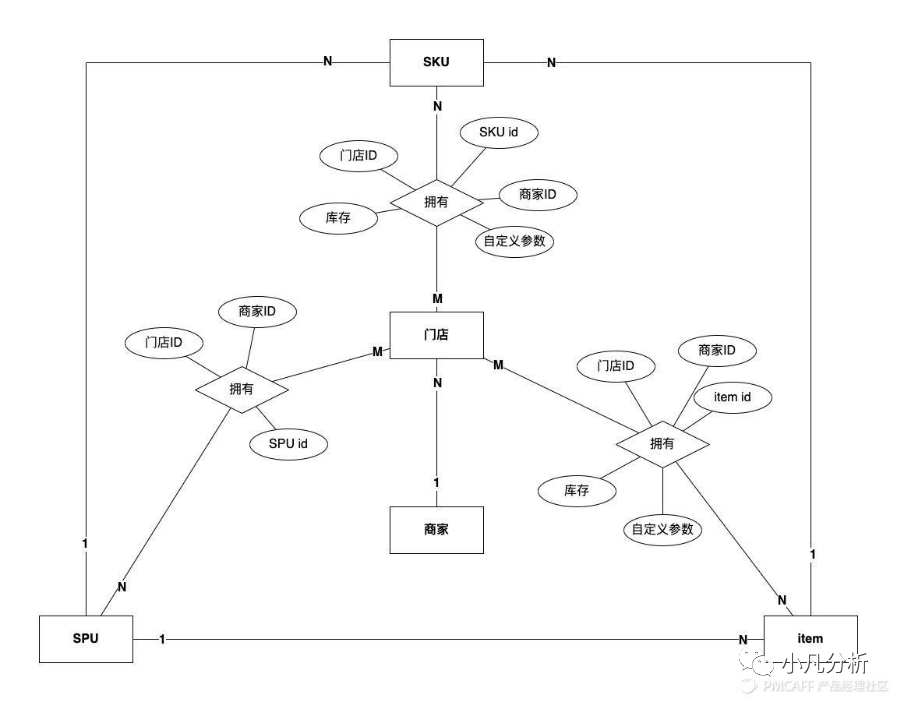
The general process of publishing goods is:
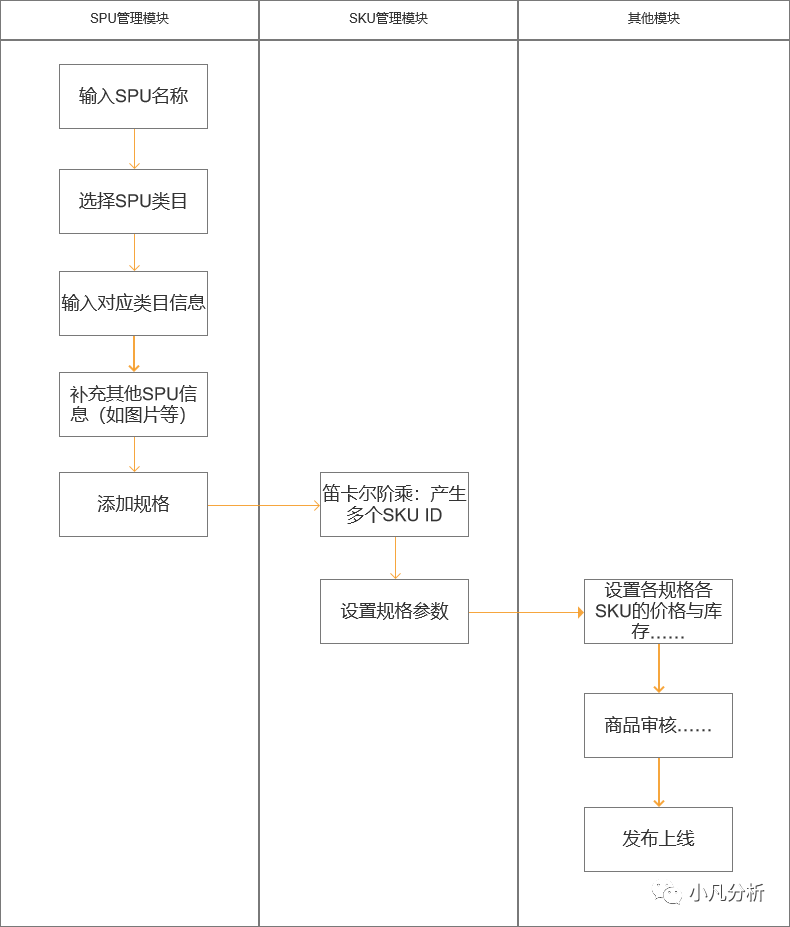
This is the design idea of some e -commerce platform commodity centers. This design has the following characteristics:
There may be a variety of parameter information and supplementary information of the same product; the goods need to maintain more information, and the merchants need to invest more energy; the high degree of customization of product information and the information of the product requires the platform for review; it can customize the various information of the product. In order to ensure the competitiveness of its own products, it is suitable for a scenario where many sellers are competing; the type of store determines the product category that can be sold, and the management is more detailed; , Delete the SPU category how to deal with SKU, modify how to deal with system behavior. Fourth, B -side e -commerce platform commodity center design ideas
1. Business model analysis
First analyze the requirements of the B -end product trading platform:
B2B transactions, more frequent websites for transactions are more frequent; B -end customers are more rational and more cautious about marketing information; parameter information of component products required by users needs to be strict and accurate, and cannot provide error parameter information; goods are high degree Standardized, and the goods generally have only one supplier to produce this product; a brand of products will not sell a lot of merchants, not a large market like Taobao/Tmall; During the production cycle), the stability of product information is high; platform merchants generally do more than one channel management and sales; for self -operated stores, there are large volume, there are many types, and the management difficulties are relatively difficult. So there are a few simple inferences to get:
For platforms: Core demand is to strengthen the platform's supply chain capacity through multiple shops, and on this basis, it can still ensure the correctness of the parameters of the product. And try to make the goods be available-front desk presentation modules; for merchants: the difficulty of maintaining the product is very low, it does not need to spend a lot of time. Can attract consumers (this is something considered by the original product). 2. Definition of product term
ON: The complete parameter information of the product, except for the price of the product and the inventory and other sales information; the product: the smallest selling unit; the service provider on the platform: the store: the shop opened on the platform, the platform is carried out on the platform, the platform is carried out on the platform, the platform is carried out on the platform, the platform is carried out on the platform, and the platform is carried out by the platform. The minimum unit of service fee management and store management; commodity attributes: the basic attributes of the product, the content of the expression of the product information, mainly used for display; sales attributes: calculated when selling, mainly used for order -related content. 3. Model platform platformization scenario: that is, when multiple merchants sell multiple products; self -operated stores or other stores can build new products, but the newly -built goods are publicly used by a platform to review the information content of the product (but the framework (but the framework Keep the custom content space); ensure the correctness of the platform's product parameters. If the merchant believes that the product parameters are wrong, they can be edited and submitted to the commodity parameters for review. Essence
At this time, we can see the similarities in the basic structure of the product management of a certain Tao/a certain east.
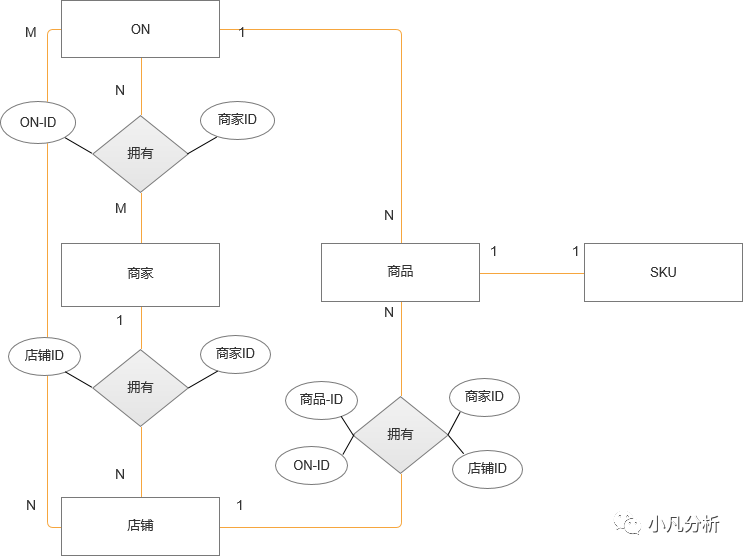
The same SPU: All SKUs under this specification shared the same product picture and product description and other information. The same ON shared the same on the information content of the same on. Finally, the price and inventory management is managed on the smallest sales unit.
What is the aggregation, what is segmentation of the information that can be reused by SPU, class, specifications, etc.
The strategy of quoting the platform to review the platform through the commodity parameters is very balanced;
The specifications of components e -commerce requires a strong degree of rigor to ensure the rigor of specifications parameters; for the platforms of the platform, it is very high to maintain this part of the parameter information on their own. The "hypermarket" sold by a merchant does not necessarily need to establish a variety of product information for the same product (to users); it reduces the difficulty of maintenance and meets the goals of agile development. Relationships; the structure of multiple stores and platforms, and the business center of the commodity center can support the product system of independent English and Chinese stations at the same time; based on commodity institutions, it can directly iterate multi -language information information scenarios to meet the multi -language platform site site. Different needs, through the site where the store belongs, publish the address to judge, and directly on the front desk of the product's multi -language version; that is: the merchant provides the product parameters provided by the platform for citation, the merchant manages the on -shelves, price, inventory and other information of the product by themselves. At the same time, the platform can have the overall control of the product to avoid risks.
5. Summary
This article mainly introduces the design ideas of product management rather than the specific design scheme. In the B -end design, the framework of the design can be set up to perform specific functional design. The product management system is a common core system in the e -commerce system. Design cases and ideas (e -commerce, ERP), according to business models.
Business types to build a real product system to provide product value. Many designs are similar.
This article is published by @本 本 本 本 is a product manager.
The question map is from UNSPLASH, based on the CC0 protocol.
- END -
Affected by typhoons, on July 2nd, Hainan High -speed Railway and Haikou City Suburban Trains were suspended across the board
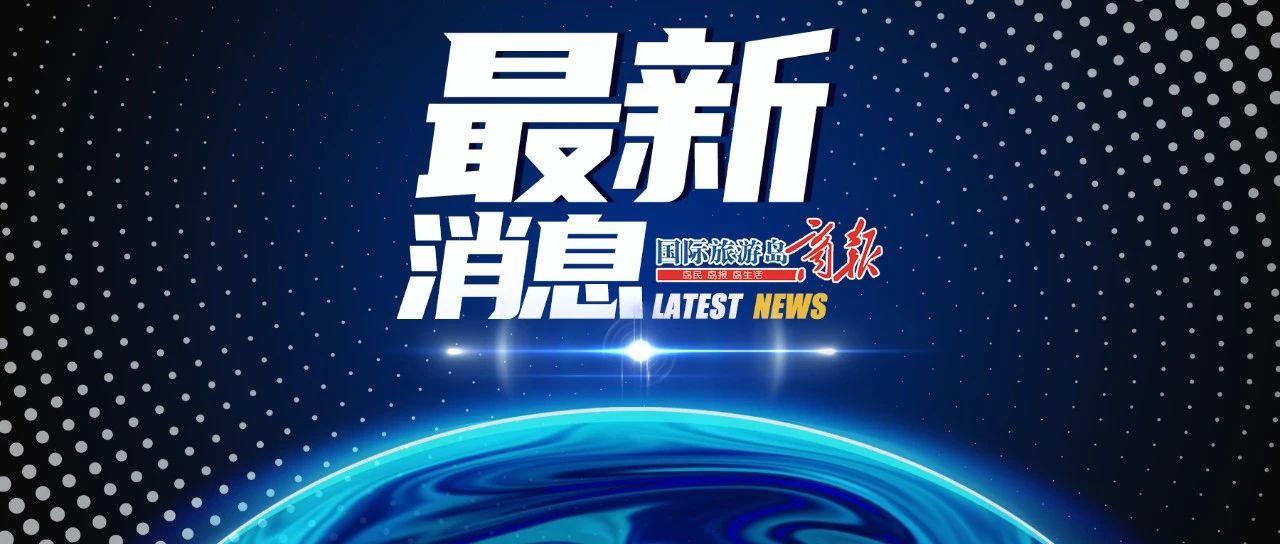
Commercial Daily All -Media (Coconut Network/Altitude reporter Xu Mingfeng) On Jul...
Involved in alcohol, condiments, vegetable products ... Heilongjiang announced 8 batches of unqualified food

Recently, the Heilongjiang Provincial Market Supervision and Administration Bureau...